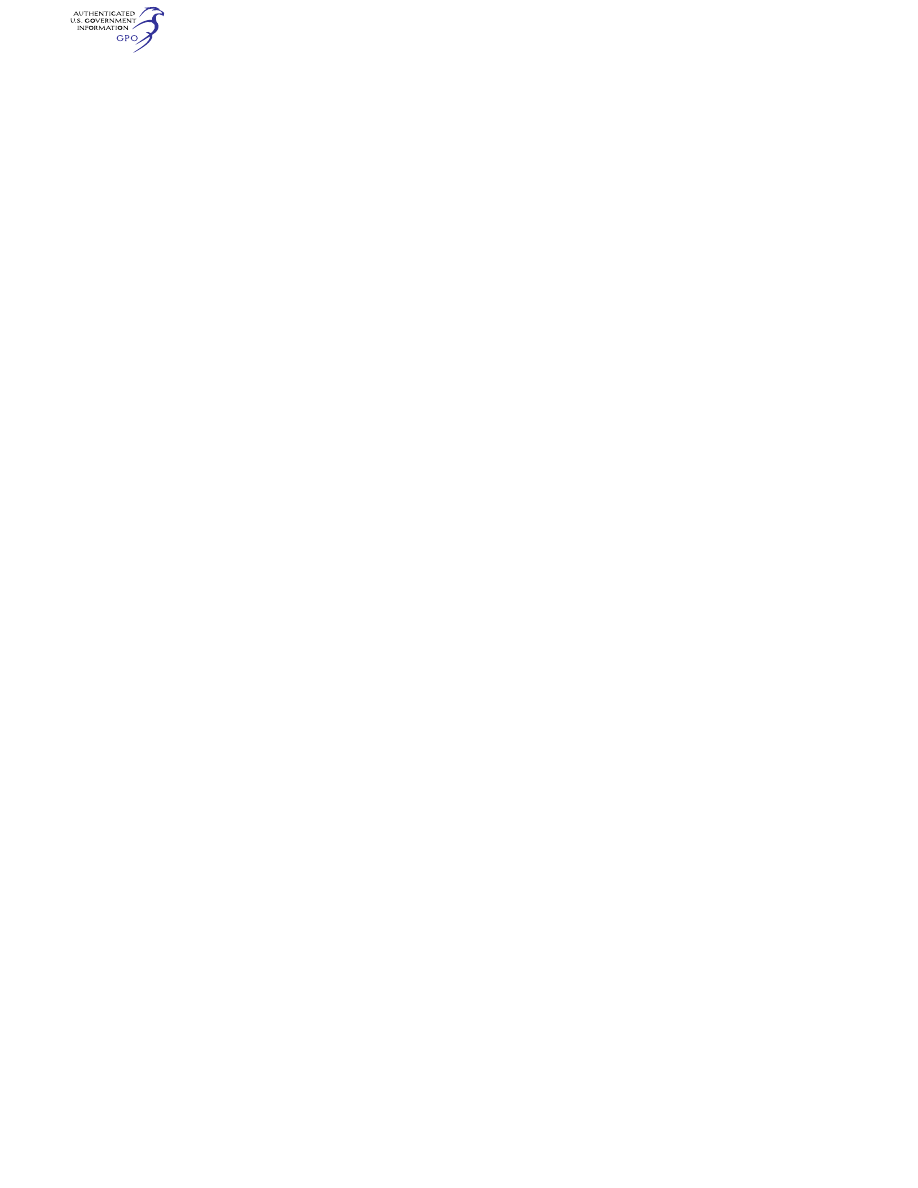
722
14 CFR Ch. I (1–1–24 Edition)
§ 91.209
(11) On and after January 1, 2004, air-
craft with a maximum payload capac-
ity of more than 18,000 pounds when
used in air transportation.
[Doc. No. 18334, 54 FR 34304, Aug. 18, 1989, as
amended by Amdt. 91–242, 59 FR 32057, June
21, 1994; 59 FR 34578, July 6, 1994; Amdt. 91–
265, 65 FR 81319, Dec. 22, 2000; 66 FR 16316,
Mar. 23, 2001]
§ 91.209
Aircraft lights.
No person may:
(a) During the period from sunset to
sunrise (or, in Alaska, during the pe-
riod a prominent unlighted object can-
not be seen from a distance of 3 statute
miles or the sun is more than 6 degrees
below the horizon)—
(1) Operate an aircraft unless it has
lighted position lights;
(2) Park or move an aircraft in, or in
dangerous proximity to, a night flight
operations area of an airport unless the
aircraft—
(i) Is clearly illuminated;
(ii) Has lighted position lights; or
(iii) is in an area that is marked by
obstruction lights;
(3) Anchor an aircraft unless the air-
craft—
(i) Has lighted anchor lights; or
(ii) Is in an area where anchor lights
are not required on vessels; or
(b) Operate an aircraft that is
equipped with an anticollision light
system, unless it has lighted anti-
collision lights. However, the anti-
collision lights need not be lighted
when the pilot-in-command determines
that, because of operating conditions,
it would be in the interest of safety to
turn the lights off.
[Doc. No. 27806, 61 FR 5171, Feb. 9, 1996]
§ 91.211
Supplemental oxygen.
(a)
General. No person may operate a
civil aircraft of U.S. registry—
(1) At cabin pressure altitudes above
12,500 feet (MSL) up to and including
14,000 feet (MSL) unless the required
minimum flight crew is provided with
and uses supplemental oxygen for that
part of the flight at those altitudes
that is of more than 30 minutes dura-
tion;
(2) At cabin pressure altitudes above
14,000 feet (MSL) unless the required
minimum flight crew is provided with
and uses supplemental oxygen during
the entire flight time at those alti-
tudes; and
(3) At cabin pressure altitudes above
15,000 feet (MSL) unless each occupant
of the aircraft is provided with supple-
mental oxygen.
(b)
Pressurized cabin aircraft. (1) No
person may operate a civil aircraft of
U.S. registry with a pressurized cabin—
(i) At flight altitudes above flight
level 250 unless at least a 10-minute
supply of supplemental oxygen, in addi-
tion to any oxygen required to satisfy
paragraph (a) of this section, is avail-
able for each occupant of the aircraft
for use in the event that a descent is
necessitated by loss of cabin pressur-
ization; and
(ii) At flight altitudes above flight
level 350 unless one pilot at the con-
trols of the airplane is wearing and
using an oxygen mask that is secured
and sealed and that either supplies ox-
ygen at all times or automatically sup-
plies oxygen whenever the cabin pres-
sure altitude of the airplane exceeds
14,000 feet (MSL), except that the one
pilot need not wear and use an oxygen
mask while at or below flight level 410
if there are two pilots at the controls
and each pilot has a quick-donning
type of oxygen mask that can be placed
on the face with one hand from the
ready position within 5 seconds, sup-
plying oxygen and properly secured and
sealed.
(2) Notwithstanding paragraph
(b)(1)(ii) of this section, if for any rea-
son at any time it is necessary for one
pilot to leave the controls of the air-
craft when operating at flight altitudes
above flight level 350, the remaining
pilot at the controls shall put on and
use an oxygen mask until the other
pilot has returned to that crew-
member’s station.
§ 91.213
Inoperative instruments and
equipment.
(a) Except as provided in paragraph
(d) of this section, no person may take
off an aircraft with inoperative instru-
ments or equipment installed unless
the following conditions are met:
(1) An approved Minimum Equipment
List exists for that aircraft.
VerDate Sep<11>2014
14:00 Mar 14, 2024
Jkt 262047
PO 00000
Frm 00732
Fmt 8010
Sfmt 8010
Q:\14\14V2.TXT
PC31
aworley on LAPBH6H6L3 with DISTILLER